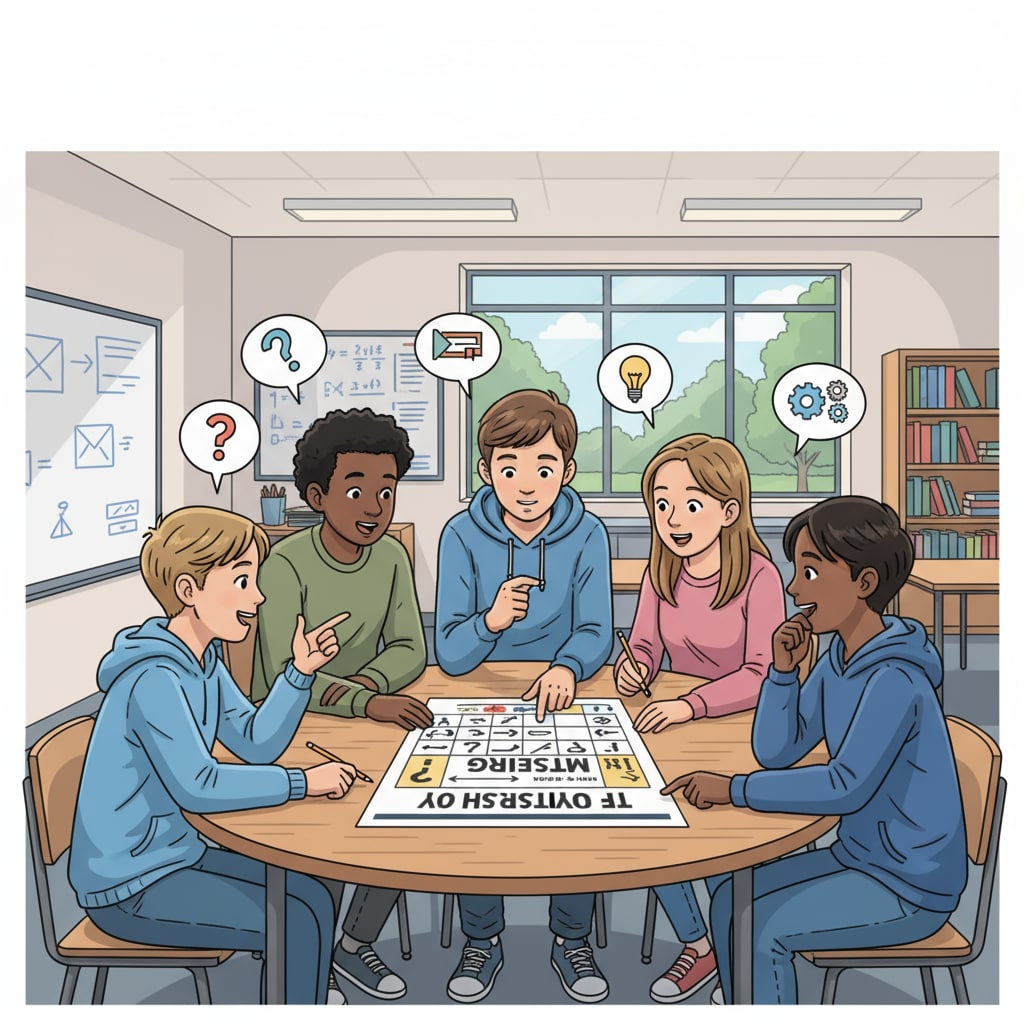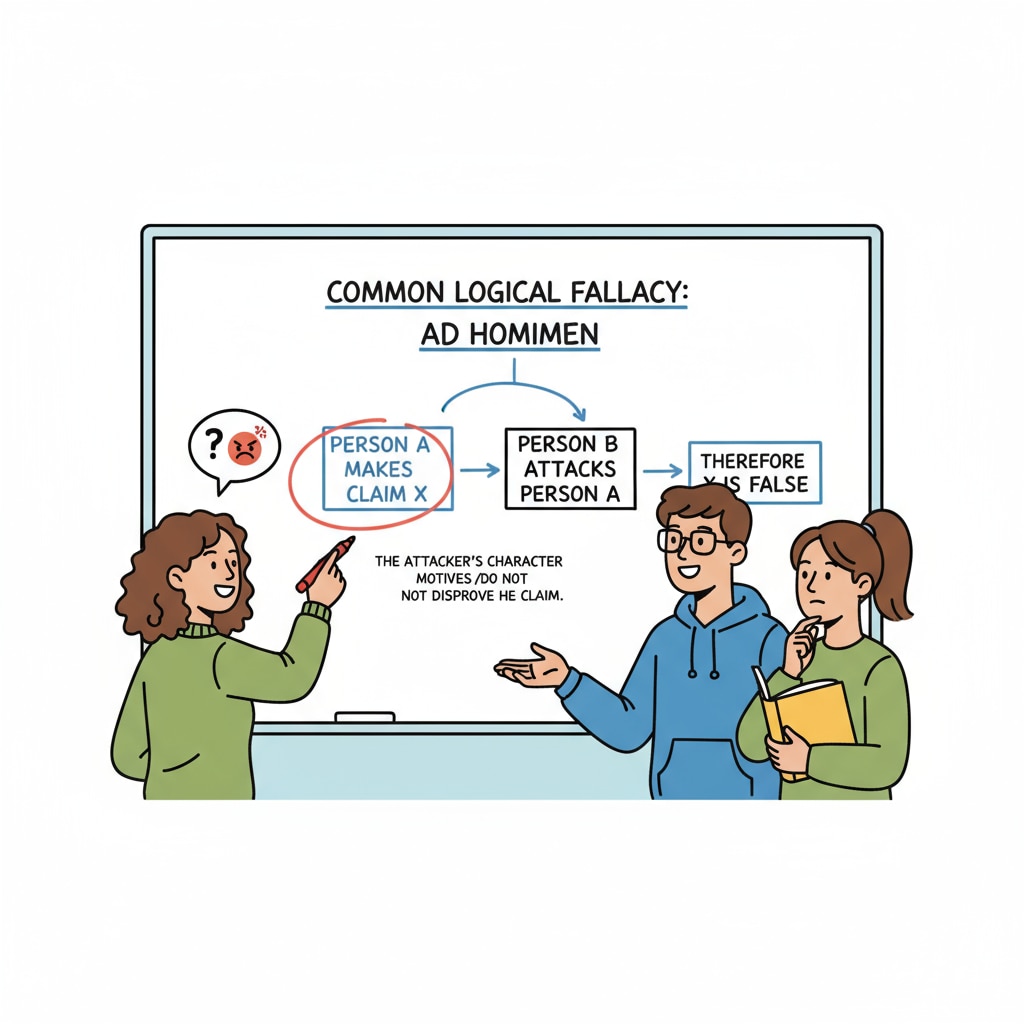In an age rife with information overload and opinion polarization, the concepts of logical fallacies, critical thinking, and propaganda recognition have become essential in high school education. As students are bombarded with a vast amount of information from various sources, understanding logical fallacies can help them distinguish between sound reasoning and misleading arguments.

This is not just an academic exercise but a life skill that can benefit them in multiple aspects of their lives.
The Importance of Logical Fallacy Education in Cultivating Critical Thinking
Critical thinking is the cornerstone of a well-rounded education. When students learn about logical fallacies, they are essentially learning how to analyze arguments. For example, a common fallacy like the “ad hominem” attack, where one attacks the person making the argument instead of the argument itself, can be easily spotted by students trained in logical fallacies. According to Wikipedia’s entry on Critical Thinking, critical thinking involves the ability to question assumptions, evaluate evidence, and form rational judgments. By studying logical fallacies, students are better equipped to do this. They can break down complex arguments, identify flaws, and develop their own well-reasoned positions.

Enhancing Media Literacy through Logical Fallacy Education
In the digital age, media is everywhere, and not all of it presents accurate information. Logical fallacy education plays a vital role in enhancing students’ media literacy. For instance, advertisers often use fallacies like the “bandwagon” fallacy, suggesting that because many people are doing or believing something, it must be right. When students are aware of such fallacies, they can be more discerning consumers of media. They can recognize when they are being manipulated and make more informed decisions. As stated in Britannica’s article on Media Literacy, media literacy is about understanding how media works and how to evaluate its messages. Logical fallacy education provides students with the tools to do just that.
Moreover, logical fallacy education also helps students become more responsible media producers. When they are creating content, whether it’s a school project or a social media post, they are more likely to avoid using fallacies and present accurate and well-reasoned information.
In conclusion, integrating logical fallacy education into high school curricula is not a luxury but a necessity. It empowers students with the skills of critical thinking and propaganda recognition, enabling them to thrive in a world filled with misinformation. By equipping the next generation with these tools, we are taking a significant step towards creating a more informed and rational society.
Readability guidance: The article uses short paragraphs to present ideas clearly. Each H2 section has a focused discussion, and relevant external links are provided for further exploration. Transition words like “for example” and “moreover” are used to connect ideas smoothly, and the overall structure is designed to be easy to follow.


